Fitness Recovery: Foam Rolling & Lacrosse Ball
From our blog 7 Best Fitness Recovery Tips: Foam Rolling & Lacrosse Ball Relief
To begin foam rolling the quads, place the top of the knees on the foam roller while assuming a plank position. Start with both legs on the roller to gauge how much pressure you prefer.
Next, slowly roll to the top of the quads applying downward pressure.
If you find that you need more pressure to alleviate your quads, stack the legs for an increased effect, or lie on each leg individually.
To target the gluteal muscles, sit on the roller in a vertical position. Due to the pattern of the gluteal muscle fibers, rolling side to side will be best to relax musculature.
To increase pressure on the gluteals, place the ankle of the target side on the opposite knee.
To target the hamstrings, begin sitting with the bottom of the gluteals on the roller.
Slowly roll down the hamstrings, stopping before the backside of the knee
If more pressure is needed, stack the legs to increase the effect.
To target the calf muscles, start at the top of the calves, just below the back of the knees.
Slowly roll to the bottom of the calves, avoiding the Achilles tendon.
For added pressure, stack the legs.
A great way to target the adductors (groin) is to place the roller under one hip while in a prone position.




































